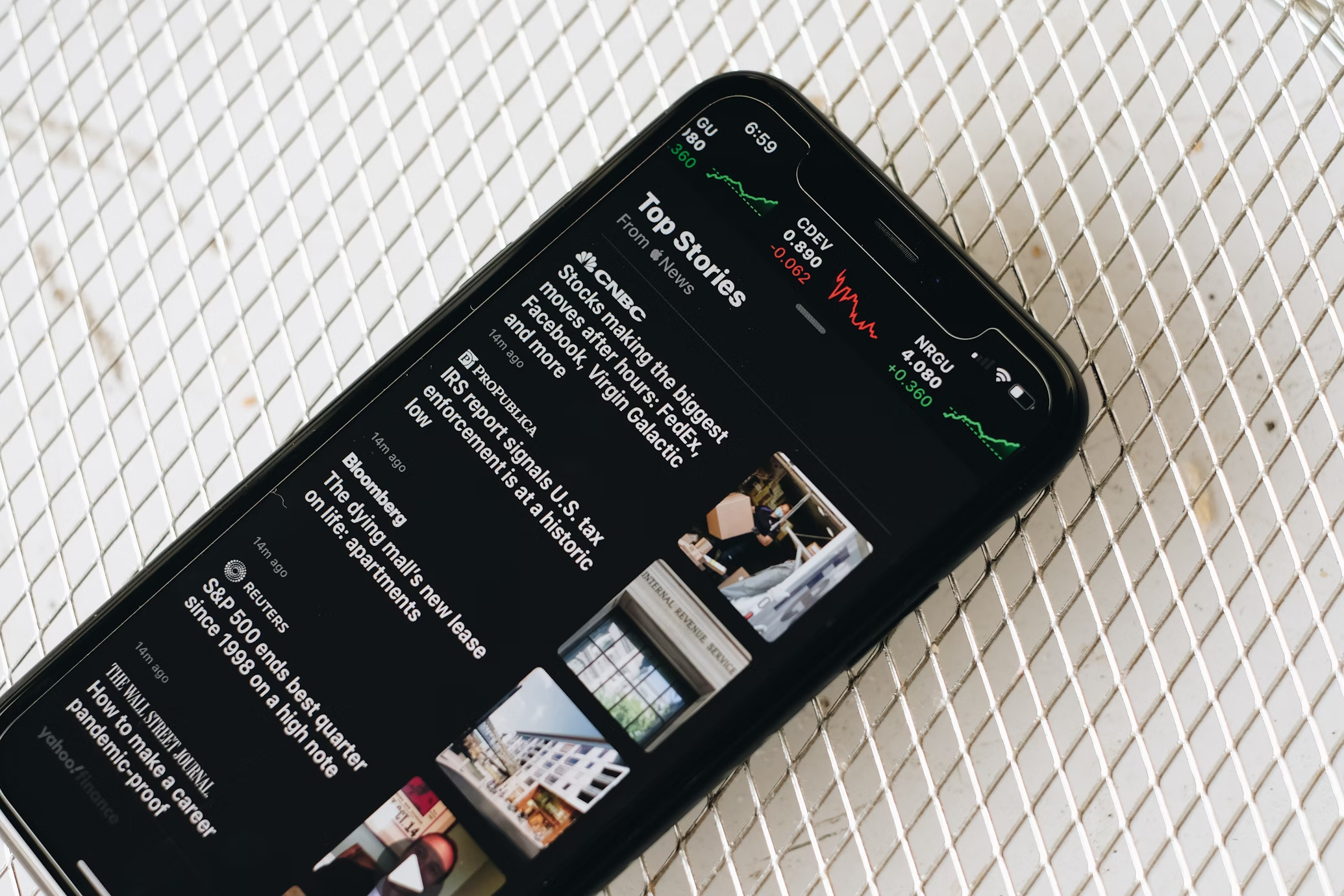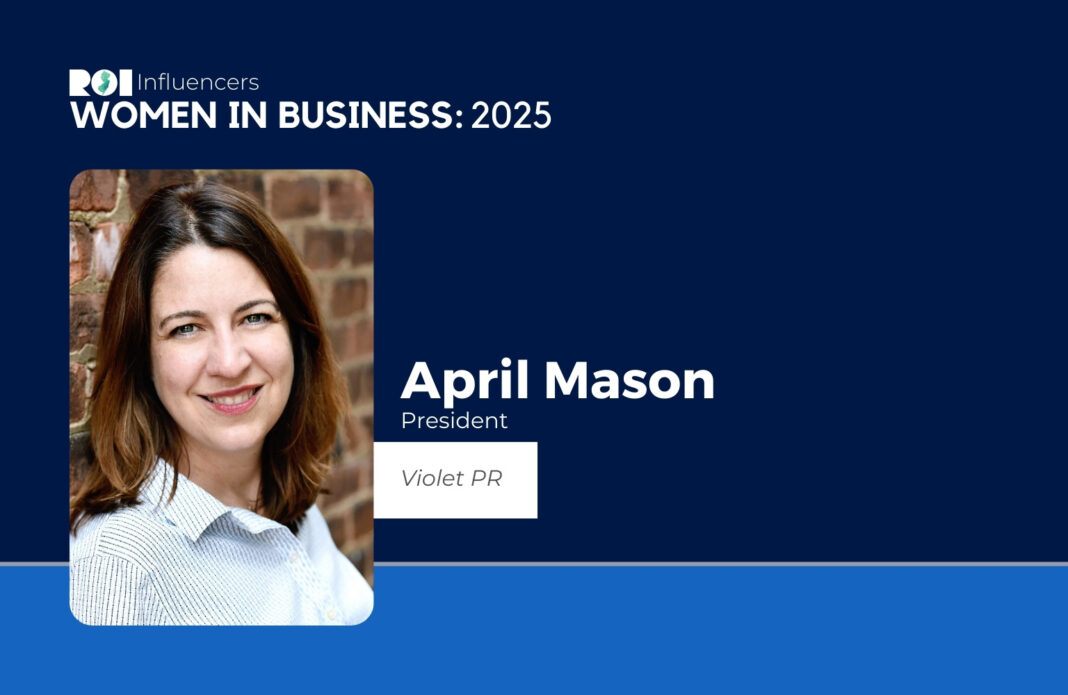Every day, there seems to be another seismic news moment that shifts entire narratives and changes the way organizations do business – and then the following day brings something completely different.
From a public relations perspective, paying attention to every piece of news is an essential function, but the past few months might feel like a whirlwind, and the dust hasn’t quite cleared. As a result of the rapid pace of change, some organizations are shying away from new media opportunities out of fear of attracting unwanted attention or saying something that will be portrayed inaccurately in such a polarizing media climate.
However, just because the environment is fast-moving, it doesn’t mean that organizations should opt out, especially since it isn’t clear if or when things will ever slow down again. Instead, it is actually the time to capitalize on more plentiful opportunities – first ensuring that spokespeople are adequately trained and prepared to proactively communicate their organization’s message.
There’s clear demand for new voices and true subject matter expertise – as reporters are desperate to speak to experts who can make sense of the latest news developments. With that in mind, here are several foundational tenets that communications teams can follow to get their spokespeople comfortable at handling this frenetic media landscape:
1. Establish Firm Key Messaging
First, it’s critical to establish a set of key messages that are true about the organization, regardless of the external factors at play, or how much they shift. These might include the organization’s mission and vision, key facts about recent news and any other unshifting elements of the story.
This provides fallback discussion points no matter what the topic of the conversation is, and provides a unifying “bedrock” theme to discuss and pivot back to. These points can even help anchor parts of the discussion.
From there, more adaptable messaging can be crafted to branch into other, perhaps adjacent areas – but those initial key messages will remain the “root.” Once these messages are established and agreed upon internally, make sure to hammer them home with the spokespeople who will be responsible for disseminating them. Remember, a powerful message will only be as strong as its messenger.
2. Focus on Flexible and Adaptable Spokespeople
While those key messages are invaluable, it’s equally important to train up highly adaptable spokespeople. This means tapping someone that is not only able to learn and retain core narratives, but someone that’s willing and able to pivot at a moment’s notice.
In this incredibly fast-moving media climate, the focus of an interview can change from the time that it’s coordinated to when it actually takes place. A spokesperson must be able to be light on their feet and roll with whatever comes up, such as learning new messages on the fly and communicating them in a concise manner. Should the theme of an interview change ahead of the discussion, it’s also up to the communications team to arm that spokesperson with the latest intel.
Ultimately, though, the chosen spokesperson must be deft enough to handle the unexpected, and not get flustered when things potentially stray from the plan. In media settings, it’s best to expect the unexpected.
Teams should take this requirement into account when considering their spokesperson “bench.”
3. Carefully Select the Right Reporters
It’s also crucial for communications teams to align their versatile spokespeople with receptive reporters. Of course, this is a permanent best practice in public relations, but it’s especially true in an environment where reporters are chasing a number of leads, with constantly shifting stories (be it around policy or the economy, etc.).
To be clear, this does not mean that teams should only pursue conversations with reporters that write puff pieces, since readers will see right through those fluffy interviews. Instead, it’s more about avoiding any reporters that have a track record of unfair or baiting coverage, especially in sensitive or perhaps political areas.
Most journalists are focused on providing fair and accurate reporting, so it’s very achievable to find the right partner.
4. In the Moment, Be Comfortable With ‘Not Knowing’
In many cases, it’s seen as a sign of weakness when someone fails to definitively answer a question. The person may come off as uncertain or unaware of a situation. But, there’s an important caveat here: In live interviews, providing some transparency where answers are impossible to address is highly beneficial. For instance, during an interview, saying, “I’ll have to get back to you on that,” is perfectly acceptable. In fact, it should be encouraged instead of feared.
Openness can humanize leaders in front of the media, and can help ensure that spokespeople do not stumble into other traps – whether it’s political or otherwise sensitive. No one is equipped to answer everything – and honestly, communicating what is and isn’t known makes the answers that are provided even more valuable (and credible).
A Road to New Opportunities
Today’s unpredictable media landscape doesn’t mean interview opportunities need to be avoided entirely. In fact, a tenuous environment means that more opportunities will open up for those willing to get in the game. If more and more organizational spokespeople are feeling anxious to get in front of the media today, it only means others can step in to fill that void and shine a spotlight on their organizations.
Proper training will help ensure that risk is minimized, and that organizations can still tell their story in the press. So, despite breaking news moving at a lightning-fast pace, preparation, agility and confidence will ultimately help spokespeople navigate any type of questioning.
The opportunities are there for organizations willing to do the advanced work and put their spokespeople in positions to succeed – and much of this will be shouldered by strong communications teams.
We’re Here to Help
Interested in media training support for your economic development, real estate, or non-profit organization? We offer a variety of media training formats to help your team stay “media ready.” Reach out to us at hello@violetpr.com.


